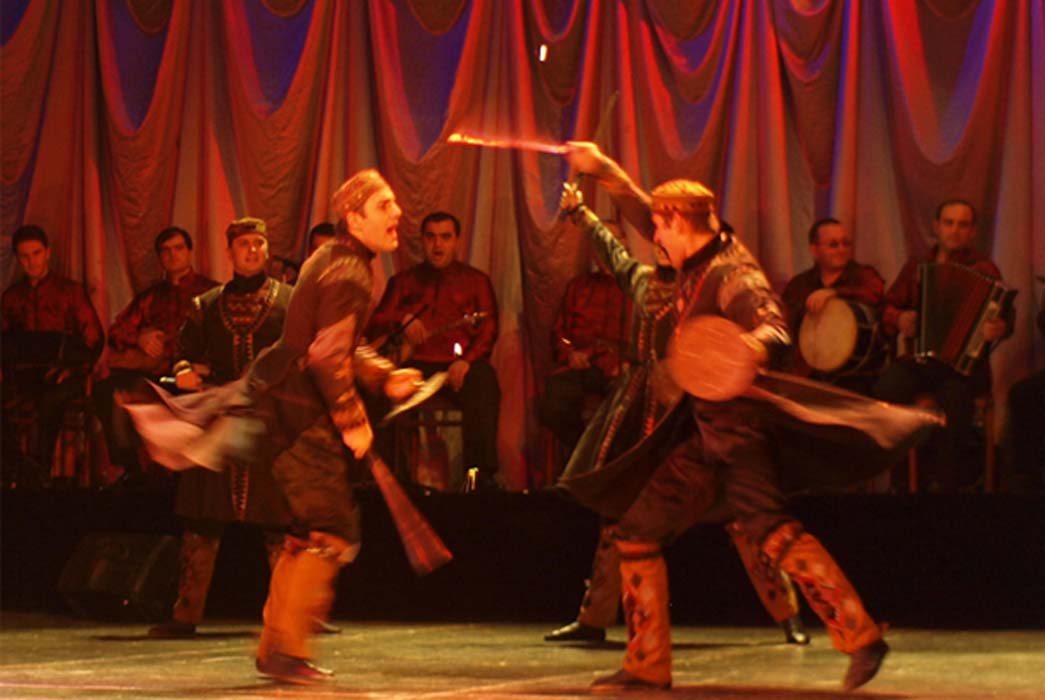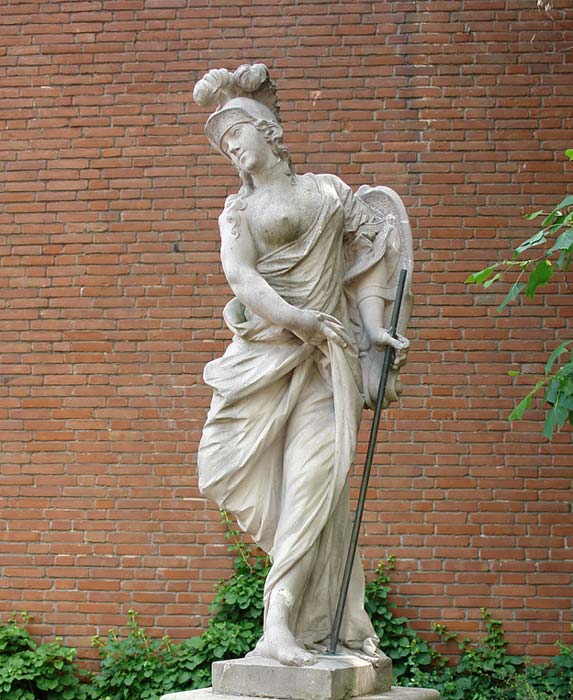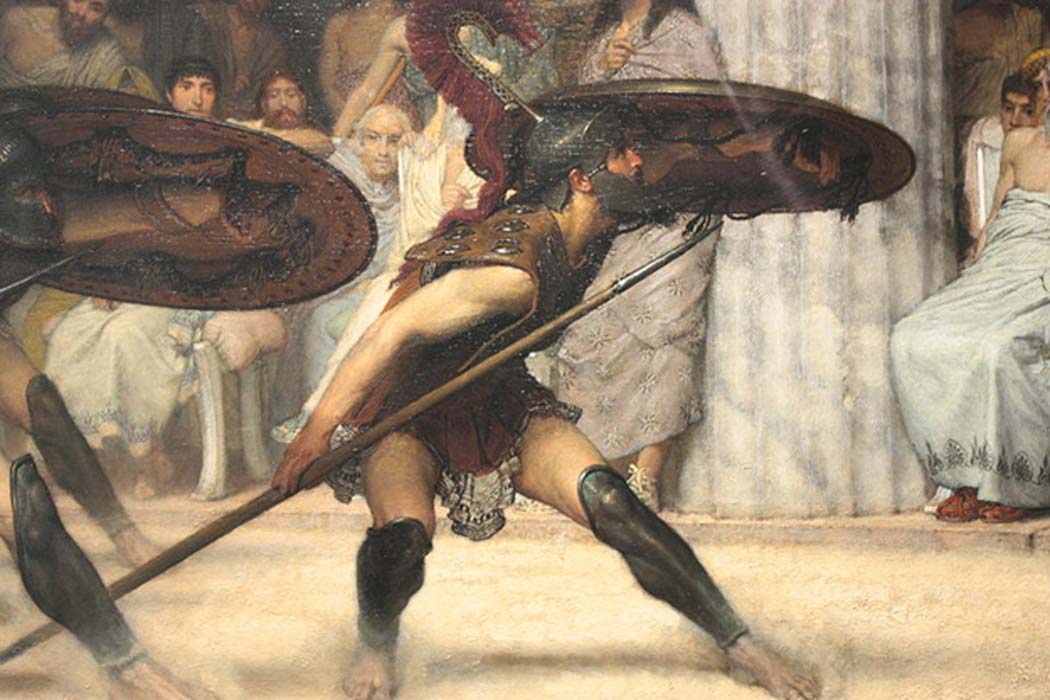
A Dance for Gods, Wars and Beauty: The History of the Elegant and Deadly Ancient Art of Sword Dancing
The study and practice of sword wielding has been developing for over 4,000 years and continues to fascinate. Its mastery demands a great deal of a person’s physical and spiritual capacity. Like any sport, mastering the art of wielding the sword requires extensive physical training which also trains one’s perceptions and reactions, allowing for quick responses to any situation – a valuable skill for self-defense. Finally, one of the most important aspects of the art of the sword frequently quoted in ancient sources seems to be its moral value, as the practitioner would need to learn patience, perseverance, and humility, enhancing one’s physical and spiritual life, thus placing the practice firmly between the realms of spirituality and defense.
Sword dancing has found its place in many different cultures. In Asia, the sword dance is often used for plot descriptions and characterization in Chinese opera. In Pakistan and Nepal, military dances are still commonly performed for weddings and other occasions. In India, the Paika Akhada (“warrior school”) previously used to train Odisha warriors, is performed in the streets during festivals. Sword dances are also performed all over Europe, particularly in areas corresponding to the boundaries of what used to be the Holy Roman Empire.

Sword dance and fencing game of the Nuremberg mastersmith, Nuremberg, 1600. (Public Domain)
Dancing to Appease the Gods: Sword Dancing in Ancient Religions
As the ancient Greeks were very effective in collecting and adapting the best from surrounding cultures, it was likely that the Greeks inherited their strong dancing tradition from Crete which was conquered by Greece around 1500 BCE. For the ancient Greeks, wine-making, music and dance were activities which marked a civilized and educated person. Therefore, learning to dance was considered a necessary part of any education which favored an appreciation of beauty, and it would have been normal for children to learn to dance at a very young age. The art of dance is frequently mentioned in the Homeric poems. In the Odyssey, the suitors of Penelope amuse themselves with music and dancing and Odysseus himself is entertained at the court of Alcinous with the exhibitions of very skillful dancers. However, as with many of the terms familiar to us today, it is important to understand that the definition of “dance” for the ancients may have been slightly different from our current interpretation. For the ancient Greeks, the term “dance” included all expressions and actions of the body that suggest ideas. These ideas ranged from acrobatic performances, mimetic action to even marching. Therefore, the definition of dance encompassed a broader range than aesthetic or symbolic movements that are more familiar to us today. This philosophy, combined with lively imaginations, paved the way for the use of many subjects for various kinds of dances – including combat.
The invention of military dances was attributed to Athena. Plato, in Laws, mentions the sword-dance of the Kouretes in Krete, the Dioskouroi in Lakedaimon and in Athens, identifying them as features of cults of the Kouretes, Dioskuroi and Athena. “Our Virgin-Lady Parthenos Athena, gladdened by the pastime of the dance, deemed it not seemly to sport with empty hands, but rather to tread the measure vested in full panoply. These examples would well become the boys and girls to copy, and so cultivate the favor of the goddess, alike for service in war and for use at festivals.”

Statue of Athena (Foto: Jürgen Howaldt/CC BY-SA 3.0 de)
To celebrate Athena during festivals dedicated to her worship, Athenians would perform the Pyrrhic dance. It was a male coming-of-age initiation ritual linked to a warrior victory celebration. Plato describes it as rapid movements of the body in which the body avoided missiles and blows from weapons, as well as a way of attacking the enemy. The dance became the most famous war dance in ancient Greece as well as the national dance of Sparta, and persisted there long after Greece became a province of the Roman Empire and similar war dances had died out in other cities – thus the dance was possibly the first and the last of the war dances of the ancient Greeks.





